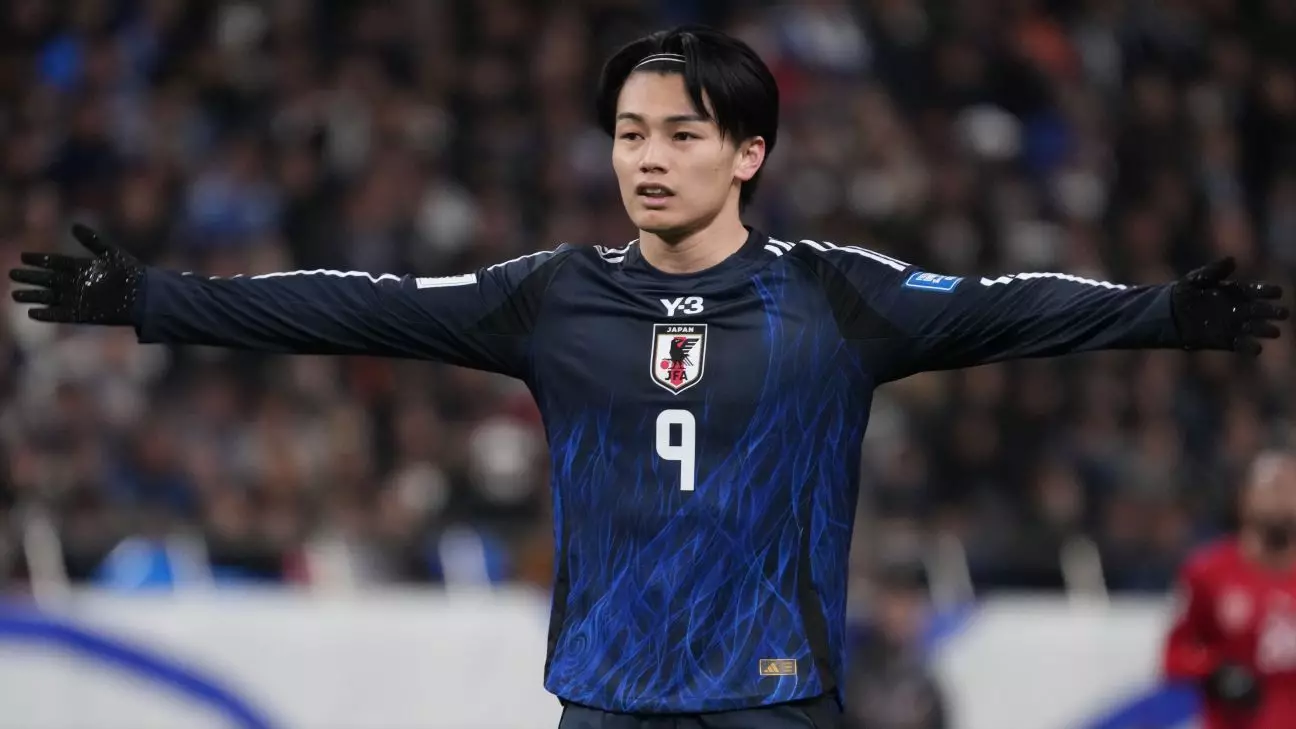As we eagerly anticipate the 2026 FIFA World Cup, the Asian continent is experiencing a dynamic shift within its football landscape. Traditional powerhouses such as Japan, South Korea, Iran, and Australia are now accompanied by fresh contenders: Uzbekistan and Jordan. Their qualification signifies not simply a participation in a global event but a burgeoning resilience and potential within Asian football that challenges historical hierarchies. As the World Cup expands to include 48 teams, Asia’s representation pivots towards new opportunities. It is not merely about participation; it’s about heralding a new era where the Asian teams can aim for impact and recognition on the world stage.
The qualifying journey for these teams has been immensely competitive and telling. The presence of six nations in the finals places Asia in a potent position, yet it simultaneously raises questions regarding the competitiveness of its representatives. Will these six nations leverage their diverse experiences and growth trajectories to carve out a more dominant presence? Observing the qualities and potential pitfalls of these nations should fuel anticipation as we approach the World Cup.
The Resilient Powerhouses: Eastern Legacy
Japan remains the front-runner in the narrative, showcasing remarkable consistency throughout the qualification campaign. Managed by Hajime Moriyasu, the team endured only a solitary defeat and exhibited a robust squad entering its peak years. However, the question remains whether Japan can consolidate this success into genuine World Cup ambition. Historically, they have been touted as the Asian nation most capable of challenging the European-South American dominance in football. Yet, they face deeper challenges than just tactical prowess; the mental fortitude required to overcome historically dominant teams might be just as crucial.
Comparatively, South Korea is navigating a period of unpredictability. Under the leadership of Son Heung-Min, who’s becoming one of the most recognizable faces of Asian football, South Korea’s performance during the qualifiers has not been as reassuring. This contradiction reflects a broader narrative — how a nation with such proven talent can occasionally falter under pressure. As they look towards 2026, the key will be balancing individual brilliance with cohesive strategy.
A Fresh Identity: Debutants on the Rise
Uzbekistan and Jordan’s entrance into the tournament marks a pivotal moment in Asian football. For Uzbekistan, this is a long-awaited moment, as they have consistently excelled in youth competitions, demonstrating their potential to compete on a larger stage. Jordan, meanwhile, has captured hearts by reaching the final of the AFC Asian Cup, thus presenting an underdog narrative filled with optimism. Their previous tournaments provided glimpses into their capabilities, and now they have the opportunity to transcend expectations in a global arena.
However, debut appearances are often fraught with challenges. It’s crucial that both nations not only maintain the momentum built during qualifiers but also adapt to the unique demands of World Cup pressure. The capacity to harness nerves and perform against heavyweight teams will define whether their journeys are celebrated or considered mere participatory events.
Standing on the Edge: Established Competitors
Yet, beyond debutants, the established teams in Asia face their own set of trials. Teams like Iran, Saudi Arabia, and Qatar, despite their historical successes, must cease to be complacent with past achievements. Iran’s squad displays a wealth of talent but is increasingly aging — can they rejuvenate their roster effectively within the next year? Meanwhile, Saudi Arabia’s struggle under new managerial conditions signifies growing pains that may hinder their efforts to compete robustly in 2026. Especially concerning is their lack of goal-scoring prowess; with only seven goals scored during the qualifiers, they must address this critical weakness or risk turmoil in future campaigns.
As for Qatar, their failure to qualify directly from the third round speaks volumes about their performance compared to expectations. It underscores an unsettling reality for teams that accumulated high dominance in Asian football yet are faced with pitfalls as they adapt to varying competitive pressures at the global level.
The Broader Landscape: Is Change Inevitable?
In this shifting landscape, the expansion of the World Cup to 48 teams is a double-edged sword. Yes, it presents additional slots for Asian nations, but does it mitigate the overall quality of competition? With a higher number of teams, will the traditional powerhouses, particularly Japan, rise to meet the expectations as the standard-bearers of Asian football, or could they falter amidst burgeoning new talent? Such dynamics could reshape the perception of Asian football globally, presenting both a challenge and an opportunity.
The coming year is pivotal. It will require these nations not only to strategize based on their strengths but also to cultivate a mindset prepared for the grandeur of the World Cup. Asian football, long underestimated, stands poised at a crucial juncture; this is not merely a moment of participation but a potential assertion of prowess that could reverberate well beyond the confines of the field. As each nation prepares, it is this blend of hope, pressure, and ambition that will undoubtedly define their journeys in North America.

Leave a Reply